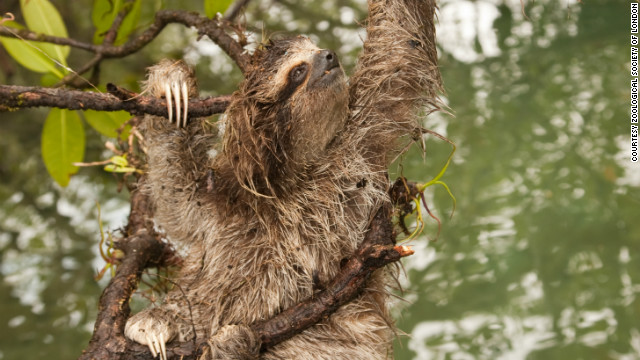The 100 most endangered species on the planet have been identified in a first-of-its-kind list. Announced during the
International Union for the Conservation of Nature's World Conservation
Congress in Jeju, South Korea, the list is the culmination of work by
8,000 scientists who identified the animals, plants and fungi from 48
countries that are most in danger of extinction.
Animals like the Hainan
gibbon, pygmy three-toed sloth and Luristan newt are critically
endangered, but perhaps better placed to survive than many of the less
charismatic species on the list, said the report's authors.
There is a fear among
some conservationists that many of the plants and fungi listed will not
be saved or gain public attention because they don't benefit humans.
Do these species have a right to survive or do we have a right to drive them to extinction? Jonathan Baillie, Zoological Society of London
Zoological Society of London (ZSL) in a press statement.
"This has made it
increasingly difficult for conservationists to protect the most
threatened species on the planet. We have a important moral and ethical
decision to make: Do these species have a right to survive or do we have
a right to drive them to extinction?"
"All the species listed
are unique and irreplaceable. If they vanish, no amount of money can
bring them back," said the report's co-author Ellen Butcher, who is also
from the ZSL. "However, if we take immediate action we can give them a
fighting chance for survival."
Some species on the list
provide economic benefits to people, such as the swim bladder of the
giant yellow croaker fish used in traditional medicine (and by weight
worth over seven times the price of gold).
Yet while accepting
monetizing nature can be an effective policy in conservation, the wider
value of species on the brink of extinction should not be disregarded,
said the report's authors.
"All species have a value to nature and thus in turn to humans," said Dr Simon Stuart, Chair IUCN Species Survival Commission.
"Although the value of
some species may not appear obvious at first, all species in fact
contribute in their way to the healthy functioning of the planet."




No comments:
Post a Comment